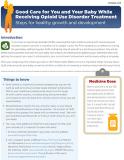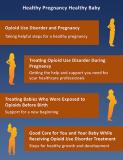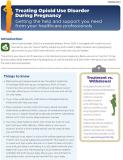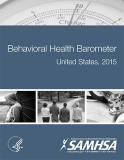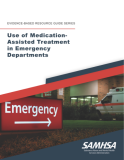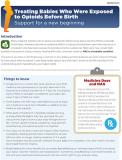
This fact sheet (3 of 4) talks about what pregnant women with opioid use disorder should know about and expect after the birth of their baby. This resource includes information about neonatal abstinence syndrome, baby’s needs after birth, and do’s and don’ts for understanding and responding to baby’s needs.
Units per Product
Download
Treating Babies Who Were Exposed to Opioids Before Birth
File Type: PDF
File Size: 82 KB


